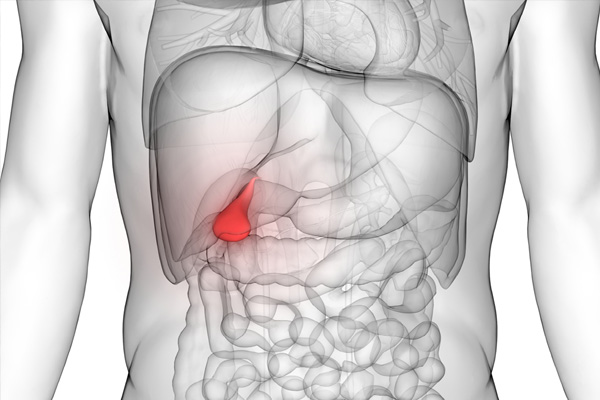What are Gallstones?
Gallstones (also called cholelithiasis) are hard particles or stones that are present within the gallbladder.
The gallbladder is a small, pear-shaped organ present in the upper abdomen on the right side, just below the liver. The size of gallstones vary from small grains to that of a golf ball. The number of gallstones vary from a single stone to hundreds of small stones.
